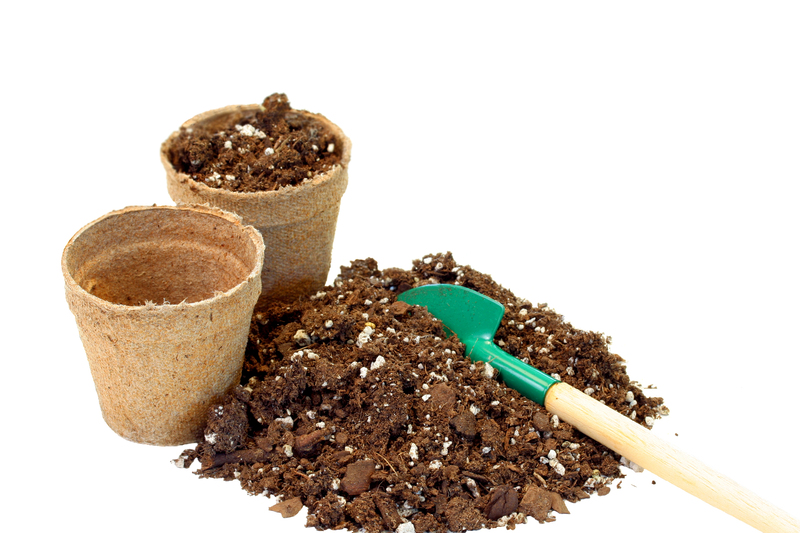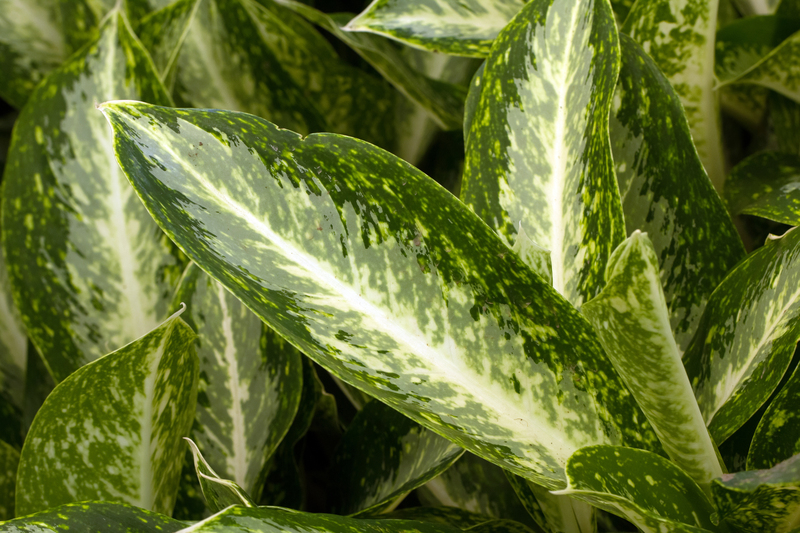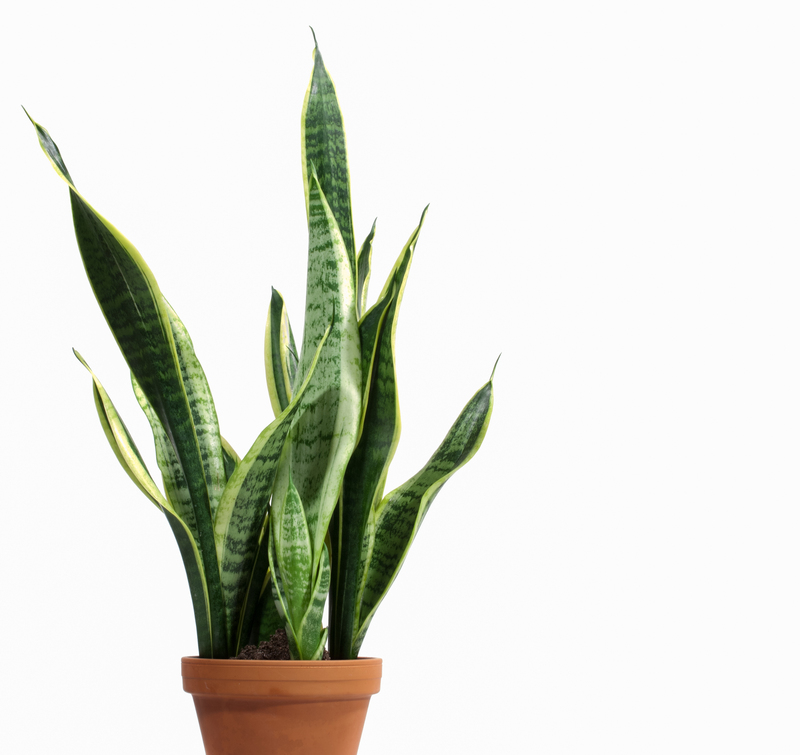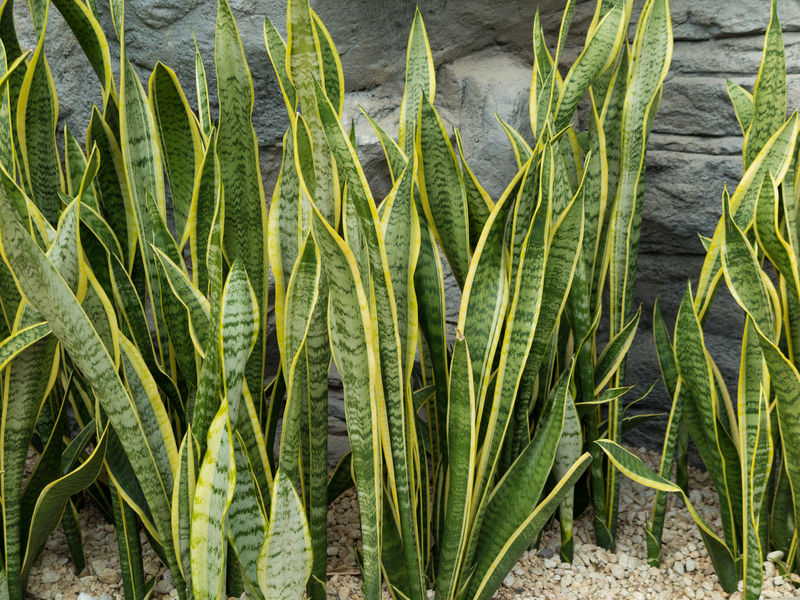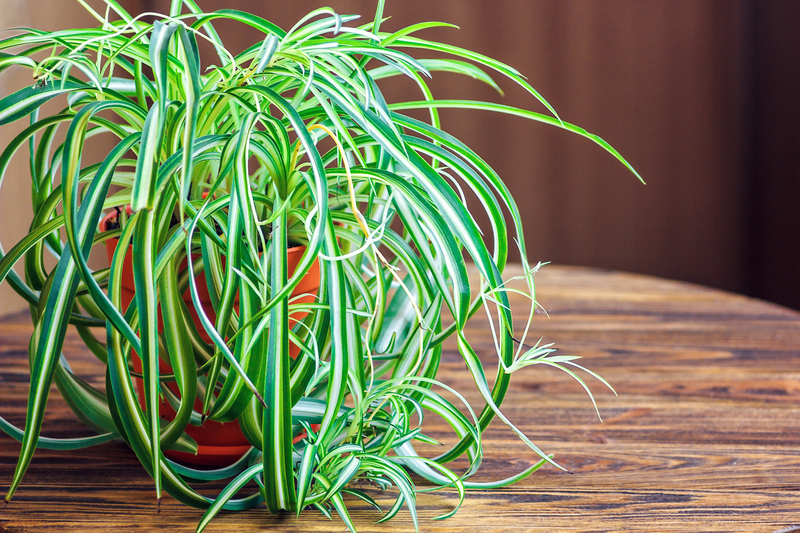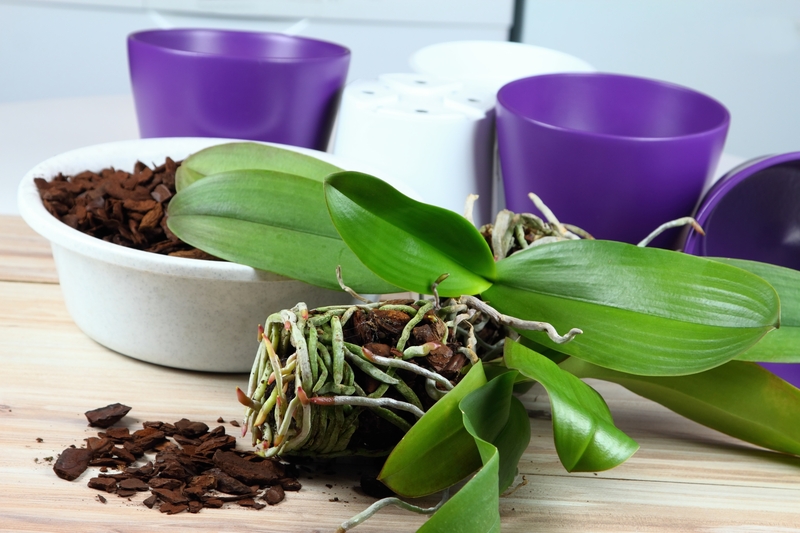The Ultimate Guide to Efficient Grass Cutting

Grass cutting is an essential aspect of maintaining a healthy and aesthetically pleasing lawn. Whether you have a sprawling backyard or a compact garden, regular mowing contributes significantly to the overall appearance and health of your grass. In this article, we'll explore various aspects of grass cutting, including techniques, tools, and maintenance tips to ensure your lawn stays lush and vibrant.
Understanding the right grass cutting techniques is crucial for achieving the desired lawn quality. Improper mowing can lead to uneven grass growth, weed proliferation, and even lawn diseases. By adopting the correct methods, you can enhance the durability and beauty of your grass, making your outdoor space more inviting and enjoyable.
Choosing the appropriate tools for grass cutting can greatly impact the efficiency and effectiveness of your lawn care routine. From traditional manual mowers to advanced robotic systems, the market offers a variety of options to suit different needs and preferences. Selecting the right equipment ensures that your grass is cut evenly and consistently, promoting healthier growth and a more manicured appearance.
Regular maintenance of your grass cutting equipment is vital for optimal performance. Sharp blades, clean engines, and properly lubricated parts contribute to seamless operation and prolong the lifespan of your tools. Neglecting maintenance can result in poor cutting quality, increased fuel consumption, and higher repair costs in the long run.
Incorporating sustainable practices into your grass cutting routine can benefit both your lawn and the environment. Techniques such as mulching, which involves recycling grass clippings back into the lawn, help retain moisture, reduce the need for fertilizers, and prevent soil erosion. Eco-friendly mowing habits contribute to a greener and more sustainable outdoor space.
The timing of your grass cutting sessions plays a significant role in the health of your lawn. Mowing too frequently or infrequently can stress the grass, leading to weak roots and increased susceptibility to diseases. Understanding the growth patterns of your specific grass type allows you to establish an effective mowing schedule that supports robust and resilient lawn growth.
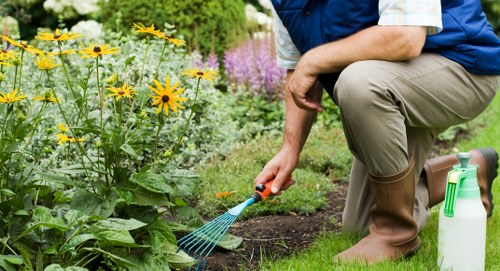
Seasonal considerations are important when planning your grass cutting strategy. Different times of the year require adjustments in mowing height and frequency to accommodate the changing weather conditions and grass growth rates. Adapting your approach according to the season ensures that your lawn remains healthy and vibrant throughout the year.
Implementing proper lawn aeration techniques complements your grass cutting efforts by enhancing soil health and promoting efficient water and nutrient absorption. Aerating the lawn reduces soil compaction, allowing roots to grow deeper and stronger, which in turn improves the overall resilience and appearance of your grass.
Addressing common lawn issues such as pests, weeds, and diseases is integral to maintaining a pristine lawn. Regular grass cutting helps prevent the spread of undesirable elements by removing affected areas and promoting healthier grass growth. Proactive lawn care practices contribute to a more robust and vibrant outdoor space.

Investing in high-quality grass cutting equipment can yield long-term benefits for your lawn care routine. Durable and efficient tools not only enhance the quality of your mowing sessions but also reduce the time and effort required to maintain your lawn. Selecting reliable equipment ensures consistent performance and contributes to the overall health of your grass.
Utilizing smart technology in grass cutting can streamline your lawn maintenance tasks and improve efficiency. Features such as automatic scheduling, GPS mapping, and remote control capabilities offer greater convenience and precision in managing your mowing activities. Embracing technological advancements enhances the effectiveness of your lawn care regimen.
Properly disposing of grass clippings is an essential aspect of sustainable grass cutting practices. Whether you choose to compost the clippings or use them as natural fertilizers, appropriate disposal methods contribute to soil health and reduce environmental impact. Responsible management of grass waste supports a greener and more sustainable outdoor environment.

Enhancing the appearance of your lawn goes beyond regular grass cutting. Incorporating edging, trimming, and other landscaping techniques can create a more polished and professional look for your outdoor space. Attention to detail in your lawn care routine results in a more visually appealing and well-maintained environment.
Implementing a comprehensive lawn care schedule that includes regular grass cutting, fertilization, irrigation, and pest control ensures that your lawn remains healthy and vibrant throughout the year. A well-rounded approach to lawn maintenance supports robust grass growth and minimizes the risk of common lawn problems.
Engaging with local lawn care communities and staying informed about the latest trends and techniques in grass cutting can enhance your knowledge and skills. Sharing experiences and learning from others fosters a deeper understanding of effective lawn care practices and contributes to the overall improvement of your outdoor space.
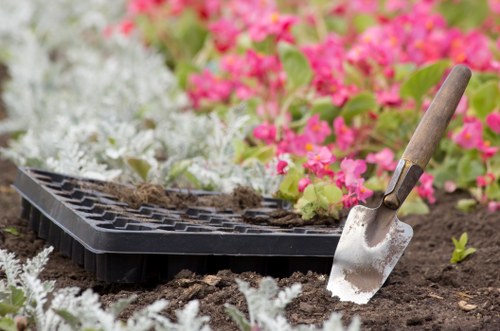
In conclusion, mastering the art of grass cutting is essential for maintaining a healthy and attractive lawn. By adopting the right techniques, utilizing appropriate tools, and practicing regular maintenance, you can ensure that your grass remains lush and vibrant throughout the year. Incorporating sustainable practices and staying informed about the latest lawn care trends further enhances the quality and resilience of your outdoor space.



